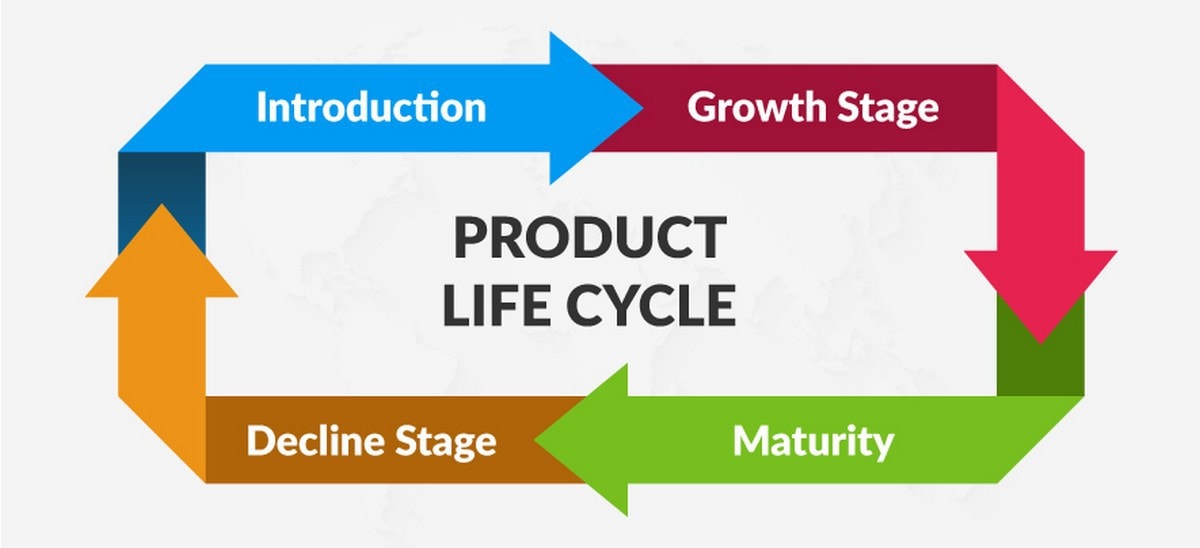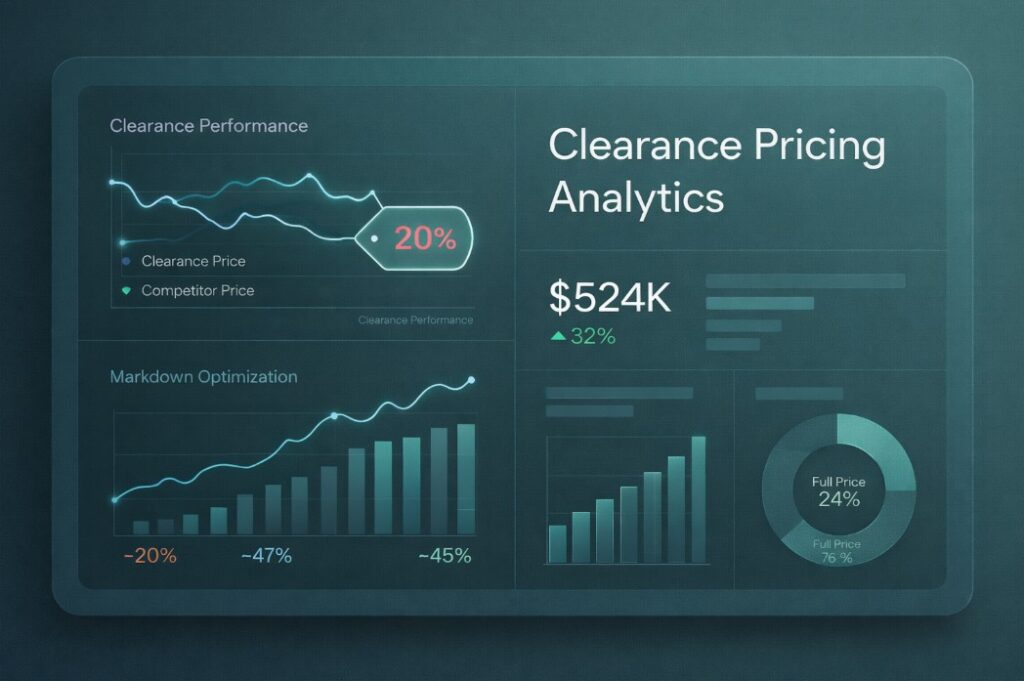- Product
- Solution for
For Your Industry
- Plans & Pricing
- Company
- Resources
For Your Industry
In today’s retail world, understanding how pricing changes with a product’s age is essential. A product goes through distinct stages, from its introduction to eventual decline, and each stage offers unique opportunities and challenges.
The key to thriving throughout these stages is using the right pricing strategy at the right time. By tailoring your pricing to each stage, you can significantly influence how customers view your product, how it positions itself in the market, and how much revenue it generates.
Let’s dive deeper into what life cycle pricing is and why using the right strategy at each stage is critical. We’ll also explore how businesses can fine-tune their pricing approach to maximize profits and market share throughout a product’s life.
Sounds good? Let’s get started!

First of all, let’s make a disclaimer that in this article, we will focus on the product lifecycle traditional classification, i.e. one that distinguishes product introduction, growth, maturity, and decline stages.
The product roles and types, like traffic-generators, long-tail items, or KVIs, may also change depending on the product lifecycle stage. If you want to find out more about the changing roles of SKUs, read our guide dedicated to the topic.
Below in the article, we’re going to consider each stage of pricing over product life cycle more thoroughly. To start with, take a look at the major aspects that should be considered while pricing over the life cycle of a product:
Before we take a closer look at how to capitalize pricing over the life cycle of a product, let’s recap the major eCommerce pricing tips. It’s important to remember and use them as they apply to pricing strategies at different stages of product life cycle.
Following these eCommerce pricing tips will help you to stay competitive with SKUs at diverse product lifecycle stages:

During the introduction stage of the product lifecycle, pricing plays a crucial role in shaping customer perceptions and establishing a market position.
A sustainable way to set an optimal initial price is based on two factors:
The role of AI-driven analytics at the introductory stage can hardly be overestimated. In particular, you can select and analyze similar product sales is to using AI algorithms that compare all products’ credentials (including images, descriptions, etc.) with computer vision, tabular data, and natural language processing.
Another important consideration is choosing between skimming or penetration pricing strategies. Skimming involves starting with a high price and gradually lowering it, while penetration pricing starts with a low price to quickly gain market share.
In the growth stage of the product lifecycle, pricing strategies aim to maximize market share and capitalize on increasing demand. It’s crucial to maintain competitive pricing to attract customers and fend off competitors. Pricing can be adjusted slightly to ensure profitability while still offering value to customers. This stage also presents opportunities to introduce bundle pricing or volume discounts to encourage larger purchases.
Here are the two pricing approaches that can be particularly fruitful for SKUs at the growth lifecycle stage:
Smart competitor price monitoring is an essential element of a retailer’s pricing strategy for SKUs at the growth lifecycle stage. As demand increases and competition intensifies, you need to stay agile and responsive to changes in the market. By monitoring competitor prices in real-time, you can adjust their pricing strategy accordingly to remain competitive while maximizing profitability.
This approach involves using automated tools and software to track competitor prices across a wide range of products. By analyzing pricing over the life cycle of a product, the platform can identify pricing trends, price gaps, and opportunities to adjust prices to gain a competitive edge.
In the maturity stage of the product lifecycle, pricing strategies should be focused mainly on maintaining market share and maximizing profitability.
One approach is to use price discounts or promotions to incentivize continued purchases from existing customers while attracting new ones. Besides smart promo management, you can also these pricing strategies in product life cycle:
Price Leadership: Consider establishing price leadership by setting prices slightly below competitors to maintain or gain market share.
Loyalty Programs: Implement loyalty programs or rewards to retain customers and encourage repeat purchases. Loyalty programs can help leverage pricing as a key component of customer retention.
In the decline stage of the product lifecycle, pricing strategies are aimed at managing the product’s decrease in popularity while minimizing the potential revenue loss for the business.
The simplest thing you can do is to gradually reduce prices to clear out the remaining inventory. This can be done through price markdowns, discounts, or bundle offers to stimulate final sales. Another strategy is to focus on selling the product to loyal customers or niche markets that may still value the product.
Markdowns are aimed at hitting the stock level but they should also not undermine your price perception. Besides, it is essential to reduce the prices step-by-step to make sure the margin losses are minimized. And this is where pricing software, like tgndata, can help. Here’s what you get with the AI-driven markdowns as a part of pricing strategies in product life cycle:
The point is that you can hardly sustain optimal prices at every stage of the product lifecycle without leveraging advanced technology.













Missing an important marketplace?
Send us your request to add it!